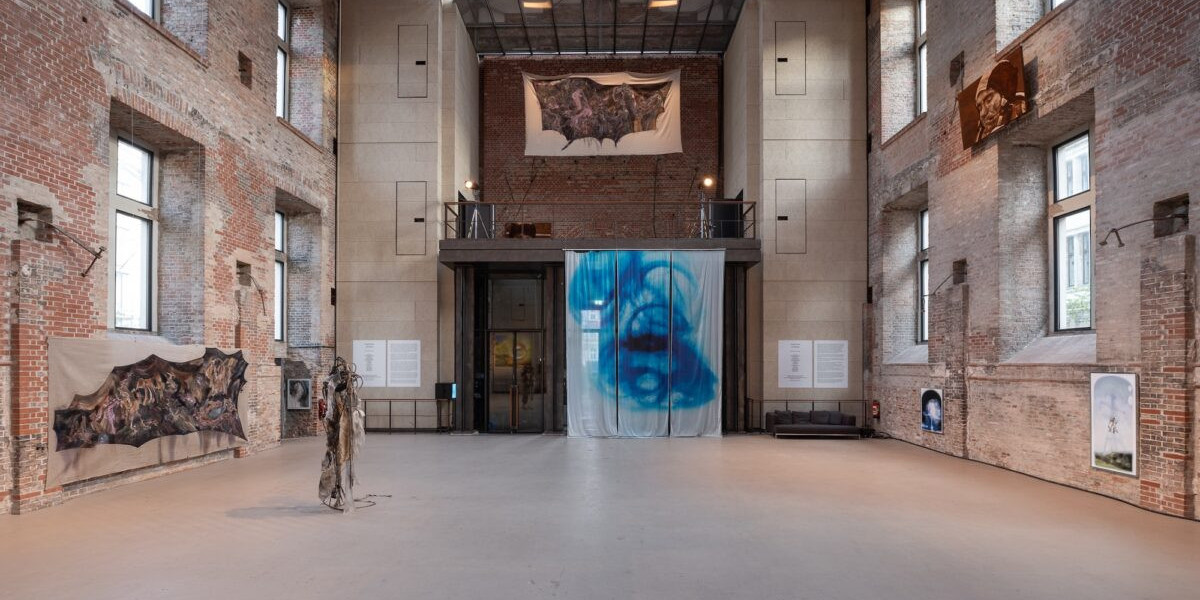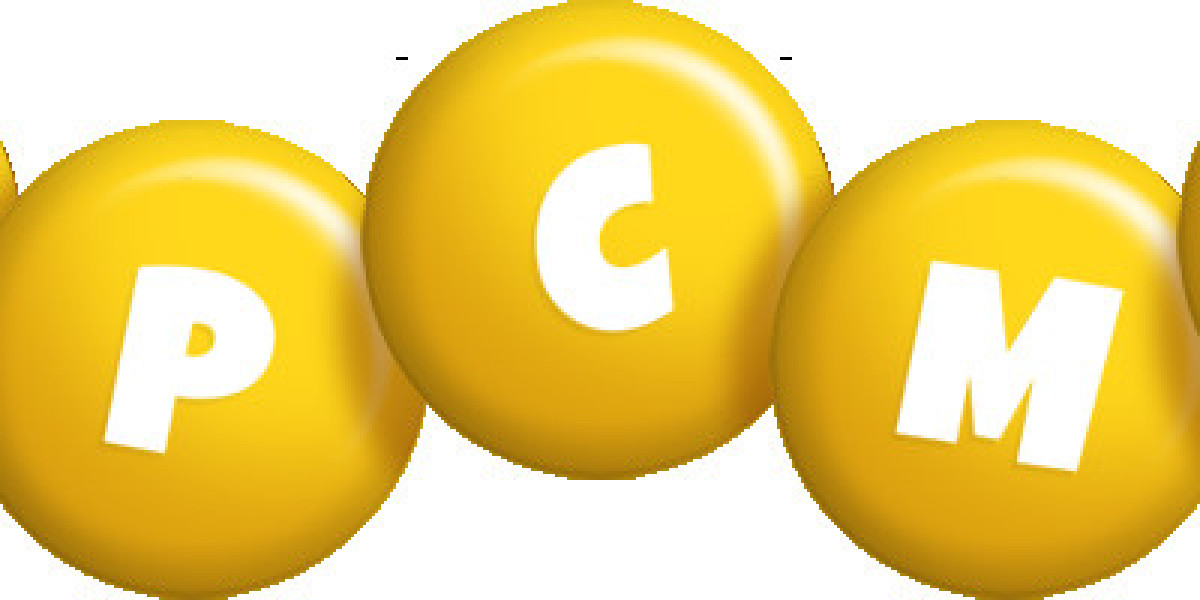We all know the story—at least, the one we were told. In the beginning, there was dust. Then life formed. Humans evolved, built civilizations and narrated stories to explain the unknown.
But what if those stories weren’t just myths? What if they have forgotten the truth that could help us remember who we are and where we came from?
Somewhere between science and spirit, between earth and stars, lies a deeper version of our creation. It’s the one that doesn’t just speak to our minds but to our souls.
Not Just Atoms—We Are Also Story
Modern science tells us that we’re made of stardust, and that’s true. The elements in our bodies were formed in ancient stars scattered across galaxies. But that’s only half the story.
Cultures around the world, especially Indigenous communities, have long believed that we are more than our physical parts. We are made of story, spirit, and memory. Creation, in these traditions, isn’t something that happened once—it’s still happening all around us and inside us.
What if both are true? What if we’re dust and Diwata—both scientific and spiritual beings?
The Power of Creation Stories
Creation stories aren’t just bedtime tales. They are maps—guides that show us how to live, how to relate to others, how to see ourselves in the world. These stories help communities understand their purpose and place in the grand web of life.
In many Indigenous traditions, creation is not just a moment in time. It’s an ongoing relationship between people, nature, and the spirit world. And unlike the stories we learn from textbooks, these creation stories are alive—they breathe through rituals, chants, and oral teachings passed down through generations.
The Role of the Diwata
Diwata, in the Philippines, especially among Indigenous tribes, are sacred beings who guide, protect, and shape the natural world. They are part of many creation stories and are often connected to rivers, trees, mountains, and stars.
The Diwata are not distant gods watching from above. They are close, present, and part of daily life. They remind us that everything is alive—even the wind, the soil, and the rain are sacred.
If we were shaped by Diwata, we were never meant to dominate nature. We were meant to care for, live with, and learn from it.
A Creation That Includes Us All
What makes these stories different is how inclusive they are. They don’t just explain how humans were made—they explain how everything was made. And more importantly, they show how all things are connected.
From the smallest seed to the tallest mountain, from the first spark of life to the modern human mind—everything is part of a great unfolding. We’re not the center of the universe. We’re part of it.
This view changes everything. It teaches us humility, respect, and wonder. And in a time when the world feels disconnected and chaotic, maybe that’s exactly what we need.
Why Reimagine Creation Now?
Because we’re at a crossroads, we face climate change, cultural loss, and spiritual confusion. The old stories of control and separation are no longer working. We need new stories—or rather, we need to remember the old ones that we’ve forgotten.
Reimagining creation doesn’t mean giving up science. It means expanding our view. It means seeing ourselves not just as creatures of evolution but as participants in a living, sacred universe.
The Diwatas remind us that creation is not over. It continues every day—in the choices we make, the words we speak, and the respect we give to the Earth and each other.
Conclusion:
Timelines of Truth: Finding the Omniverse by Datu Efren Hospital Mandipensa invites readers to rediscover humanity’s sacred roots through Indigenous wisdom, cosmic insight, and ancestral memory. Order your copy today to awaken the deeper truth within.







